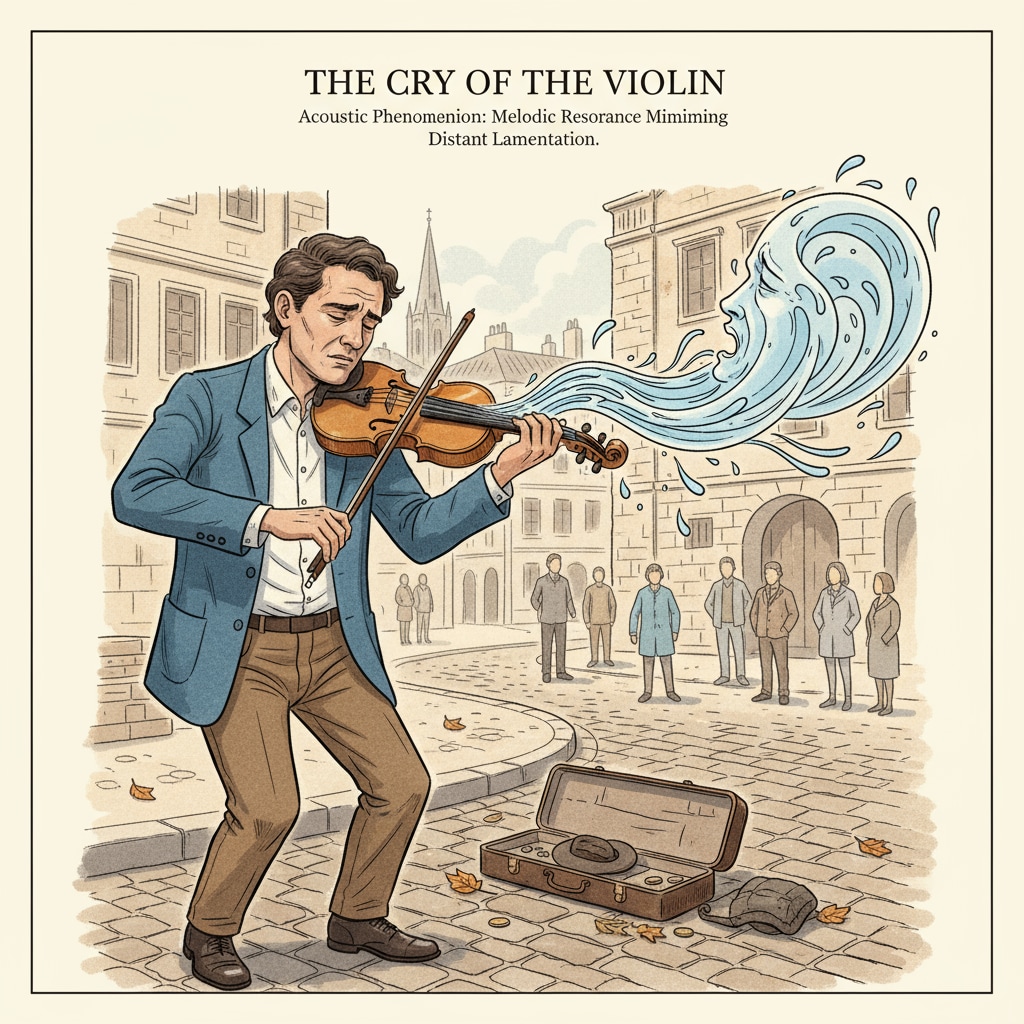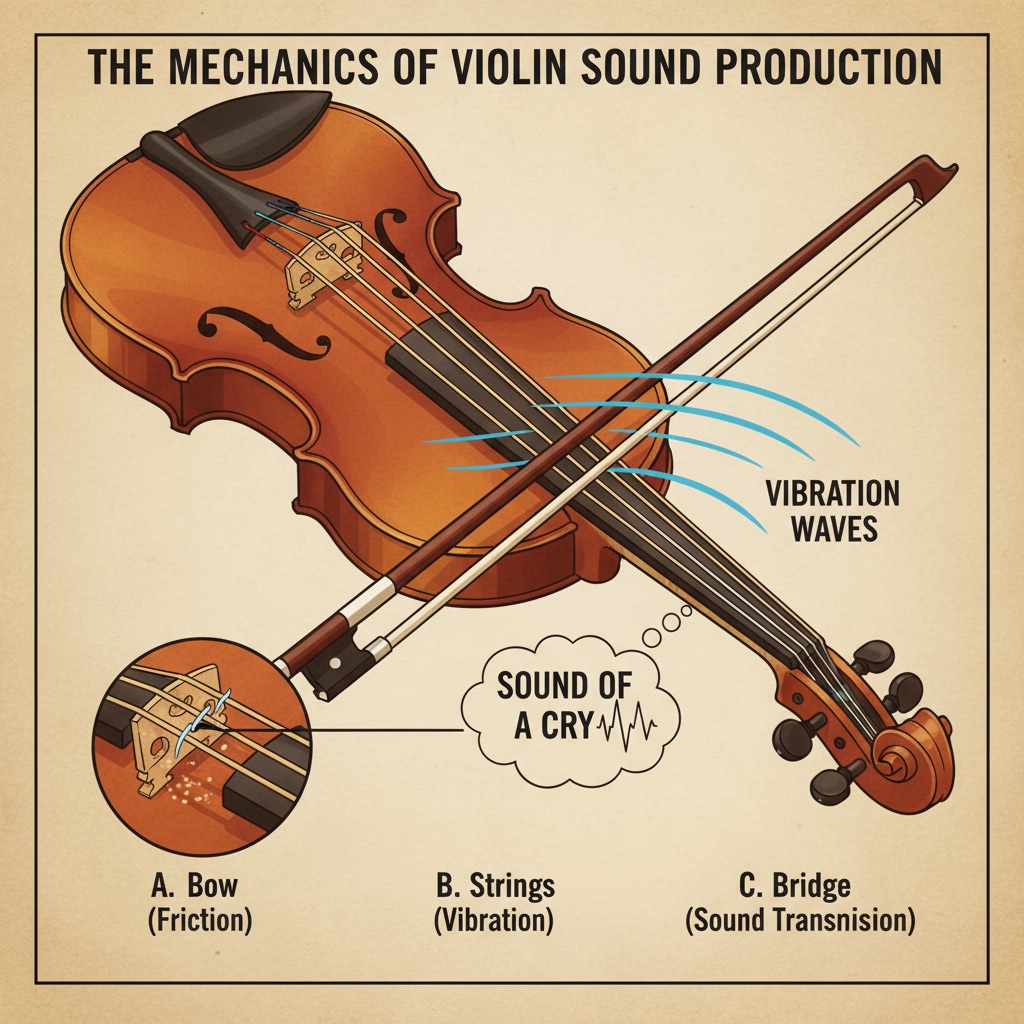The similarity between violin sounds and cries has often led to interesting misconceptions. I vividly remember a time when I was in a public place, and from a distance, I heard a sound that immediately made me think someone was crying. However, as I got closer, I realized it was the melodious sound of a violin being played by a street musician. This simple incident made me start thinking about the role of music education, especially in the K12 context.

The Acoustic Similarities
The violin, with its unique timbre, can sometimes produce sounds that bear a striking resemblance to human cries. This is due to several factors. For example, the high-pitched notes of the violin, when played with certain techniques, can mimic the shrillness of a cry. The way the bow is drawn across the strings can also create a wavering sound, similar to the unevenness in a person’s sobbing. These acoustic similarities are not just a coincidence but rather a fascinating aspect of the violin’s expressive capabilities.

Misconceptions Stemming from Similarities
Such acoustic similarities often give rise to misconceptions. Many people who are not well-versed in music might immediately associate the sound of a violin with crying. This lack of understanding can lead to a dismissal of the beauty and complexity of violin music. In the context of K12 education, these misconceptions can have a more profound impact. Students may be less likely to engage with violin lessons if they view the instrument as something that only makes ‘crying’ sounds.
Moreover, parents and educators might also underestimate the value of violin education due to these misconceptions. They may not realize that learning the violin can enhance a child’s creativity, discipline, and overall cognitive development. As a result, music education, especially instrumental learning like violin, is sometimes given less importance in the K12 curriculum. Music education on Wikipedia
The Value of K12 Music Education
K12 music education, particularly when it comes to learning an instrument like the violin, offers numerous benefits. For one, it helps in developing fine motor skills. The precise movements required to hold the violin, position the fingers on the strings, and draw the bow are excellent for hand-eye coordination. Additionally, it boosts a child’s emotional intelligence. Playing the violin allows students to express a wide range of emotions through music, helping them better understand and manage their own feelings. Music education on Britannica
Furthermore, music education has been linked to improved academic performance. Studies have shown that students who learn a musical instrument tend to perform better in subjects like math and language. This is because learning music involves pattern recognition, problem-solving, and memory skills, all of which are transferable to other academic areas.
Overcoming Misconceptions in K12 Music Education
To overcome these misconceptions, educators and parents need to take proactive steps. Teachers can introduce students to the rich history and diverse styles of violin music. By exposing students to different pieces, they can show the versatility of the instrument and how it can create a wide range of emotions, far beyond just sounds that resemble cries.
Parents, on the other hand, can encourage their children to explore the violin by attending concerts, watching music videos, or even trying out the instrument themselves. Creating a positive and supportive environment around music can help children develop a genuine appreciation for the violin and music education in general.
Readability guidance: In this article, we’ve explored the connection between violin sounds and cries, which led to misconceptions in the context of K12 music education. We’ve seen the value of music education and ways to overcome these misconceptions. By understanding these aspects, we can better appreciate the role of music in children’s growth. Using short paragraphs and clear headings, we’ve made the information accessible. Lists could be further incorporated in future discussions to present points more clearly. The use of transition words like ‘however’, ‘for example’, and ‘additionally’ has helped in guiding the flow of the article.


